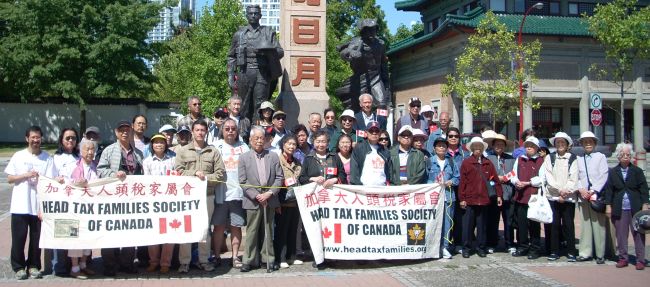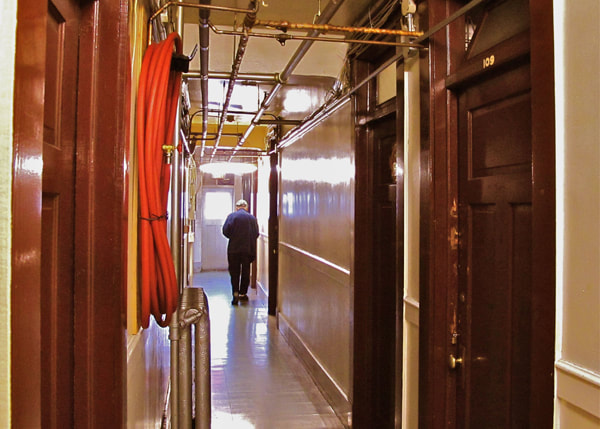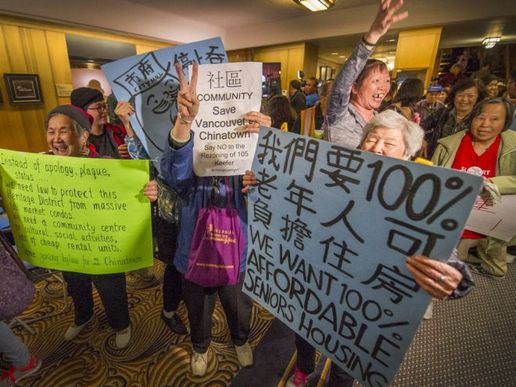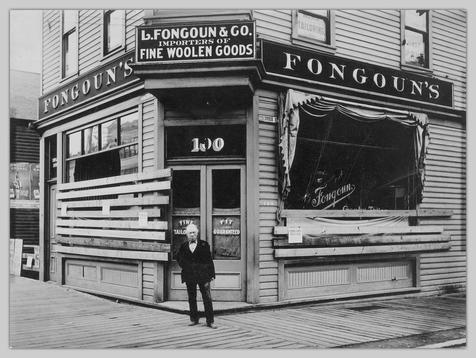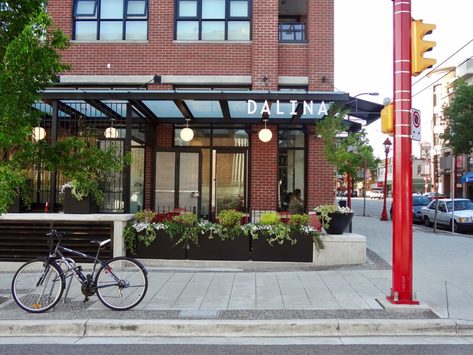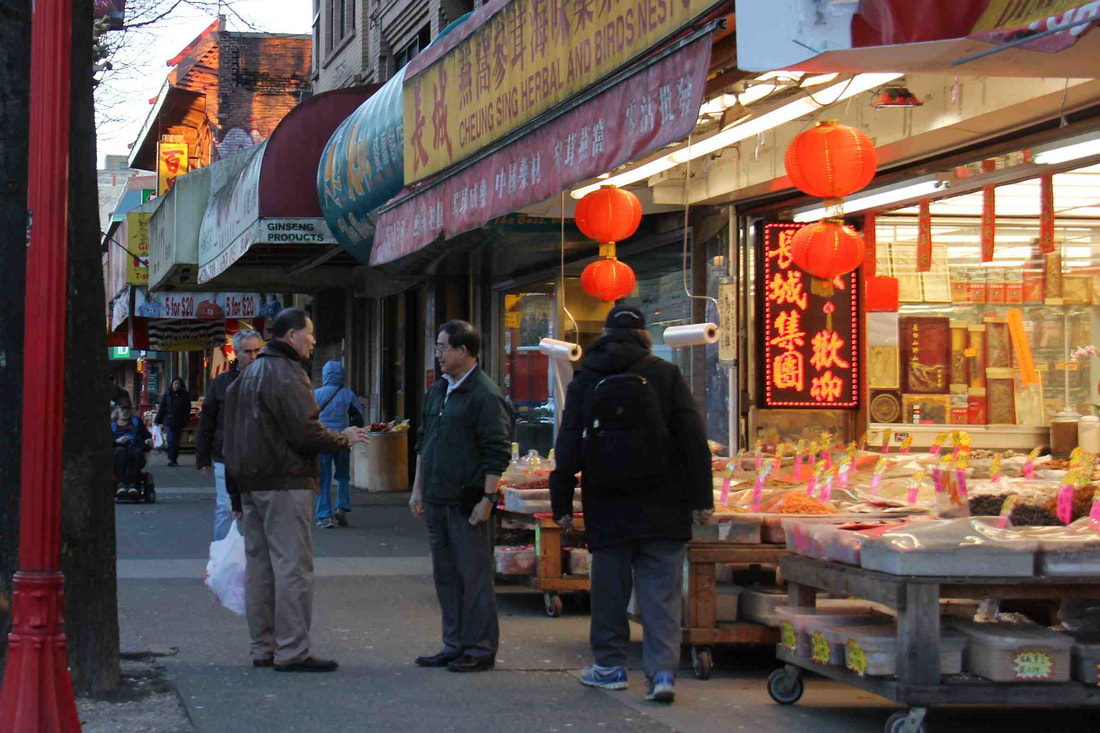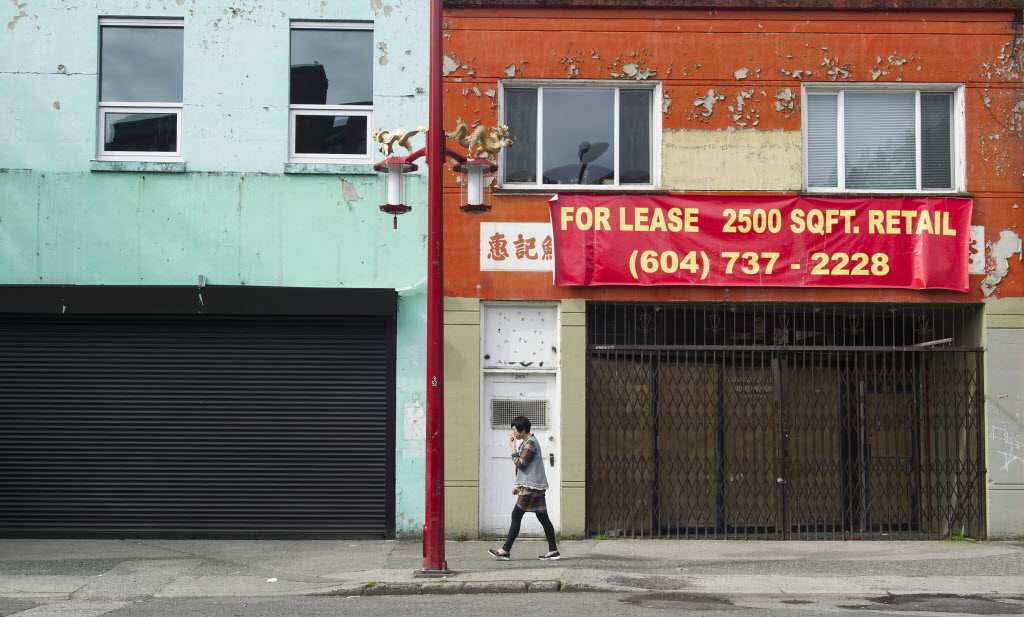Chinatown as a neighbourhood has changed significantly ever since the first Chinese settlers called it home some 150 years ago. Here are some of my thoughts on the changes that have occurred during this time, and what it means for Chinatown.
|
"While the governments which passed these laws and policies acted in a manner that [was] lawful at the time, today this racist discrimination is seen by British Columbians — represented by all members of the legislative assembly — as unacceptable and intolerable..."
- Former BC Premier, Christy Clark. This was part of the official provincial apology to Chinese-Canadians for historical wrongs by past provincial governments in Victoria, BC, on May 15, 2014. |
The inhabitants of Chinatown
With each generation, the character of Chinatown changed. From the first inhabitants to the subsequent generations, maneople have called Chinatown home. But in the latter half of the 20th century, many Chinese have looked to other parts of Vancouver to call home. As more and more Chinese opt to live outside of Chinatown and the aging population of Chinatown's citizens, I see this as the "slow death of Chinatown".
I have thought about this a lot, where this "death" is the reason why Chinatown needs new life brought into its streets and buildings. As Chinatown residents pass on, it leaves more space and possibility to take on the current storefronts and revitalize them with new businesses and living spaces.
However, aside from the Chinese population, there is a growing poverty problem that will not be fixed by adding expensive coffee shops, high end stores and niche restaurants. As well, with the housing situation being as dire as it is, there needs to be a greater focus on creating living spaces that are more afforable, like social housing, for the people that currently live in the area. To maintain the cultural history of Chinatown, there should also be a protection of cultural spaces, as well as more space dedicated to those Chinese-Canadians who do choose to live in Chinatown.
With the Chinese desiring to live elsewhere and the aging population that resides there presently, it has greatly impacted the Chinatown area as a whole. While it is no one's fault, it is my hope that a new generation of people - Chinese or otherwise - that will be able to live in the area while maintaining the cultural history that existed in the space. Erasure of that history is very easy to achieve with gentrification. Cultural sites such as Hogan's Alley and Japantown have been lost due to modernization, and we cannot afford to lose another rich piece of Vancouver's history.
I have thought about this a lot, where this "death" is the reason why Chinatown needs new life brought into its streets and buildings. As Chinatown residents pass on, it leaves more space and possibility to take on the current storefronts and revitalize them with new businesses and living spaces.
However, aside from the Chinese population, there is a growing poverty problem that will not be fixed by adding expensive coffee shops, high end stores and niche restaurants. As well, with the housing situation being as dire as it is, there needs to be a greater focus on creating living spaces that are more afforable, like social housing, for the people that currently live in the area. To maintain the cultural history of Chinatown, there should also be a protection of cultural spaces, as well as more space dedicated to those Chinese-Canadians who do choose to live in Chinatown.
With the Chinese desiring to live elsewhere and the aging population that resides there presently, it has greatly impacted the Chinatown area as a whole. While it is no one's fault, it is my hope that a new generation of people - Chinese or otherwise - that will be able to live in the area while maintaining the cultural history that existed in the space. Erasure of that history is very easy to achieve with gentrification. Cultural sites such as Hogan's Alley and Japantown have been lost due to modernization, and we cannot afford to lose another rich piece of Vancouver's history.
"Everything is going to be alright."
A portion of the art installation found on the Wing Sang Building (51 E Pender Street) as part of the Rennie Collection. The neon art piece was created by English artist Martin Creed. Personal photo.
From slums to home: How Chinatown's architecture has changed
"Gentri-Fried Rice, 2017"
Street art painted on the side of a building found on the corner of Main and Keefer Streets in Chinatown. The piece was painted by the street artist iHeart. Photo credit: Darryl Dyck on Instagram.
The current patchwork of development has created a sense of contention between current residents and the gentrifiers, which begs the question: can a neighbourhood be modernized without destroying its history and heritage?
I find that the expensive taste of these developers are slowly seeping into Chinatown, and brings with it businesses and living spaces that the current demographic of Chinatown can afford. A more serious matter is the rising rent prices, which has put many familiy-owned businesses out of business. However, it could be argued that modernization has also brought with it a whole new of generation of people into Chinatown that would have never spent time in the area 10-15 years ago.
The above photo shows part of the 200 block of E Georgia Street in Chinatown, which has been dubbed the part of the neighbourhood where old meets new. The block is home to Chinese product stores such as the Tin Lee Supermarket (260 E Georgia Street) and Carley B.B.Q. and Hot Pot Supplies, (255 E Georgia Street). But it also home to new additions, such as restaurant/bar Mamie Taylor's (251 E Georgia Street) and coffee shop Matchstick Coffee Roasters (213 E Georgia Street). There are also two lots with 9-storey condo buildings in that block.
I believe that it is possible for old and new Chinatown to peacefully co-exist. The Chinese-Canadians that lived there had wd hard to create a cultural community that was the 'home away from home' for many of these people who came to Canada in search of better opportunities. Now, Chinatown runs the risk of being overrun by extravagant busses and restaurants that will price out the current residents.
However, the first priority of the City of Vancouver in this neighbourhood should be cultural preservation and low-income housing so that Chinatown can become a more inclusive space, as opposed to an elite neighbourhood.
The above photo shows part of the 200 block of E Georgia Street in Chinatown, which has been dubbed the part of the neighbourhood where old meets new. The block is home to Chinese product stores such as the Tin Lee Supermarket (260 E Georgia Street) and Carley B.B.Q. and Hot Pot Supplies, (255 E Georgia Street). But it also home to new additions, such as restaurant/bar Mamie Taylor's (251 E Georgia Street) and coffee shop Matchstick Coffee Roasters (213 E Georgia Street). There are also two lots with 9-storey condo buildings in that block.
I believe that it is possible for old and new Chinatown to peacefully co-exist. The Chinese-Canadians that lived there had wd hard to create a cultural community that was the 'home away from home' for many of these people who came to Canada in search of better opportunities. Now, Chinatown runs the risk of being overrun by extravagant busses and restaurants that will price out the current residents.
However, the first priority of the City of Vancouver in this neighbourhood should be cultural preservation and low-income housing so that Chinatown can become a more inclusive space, as opposed to an elite neighbourhood.
